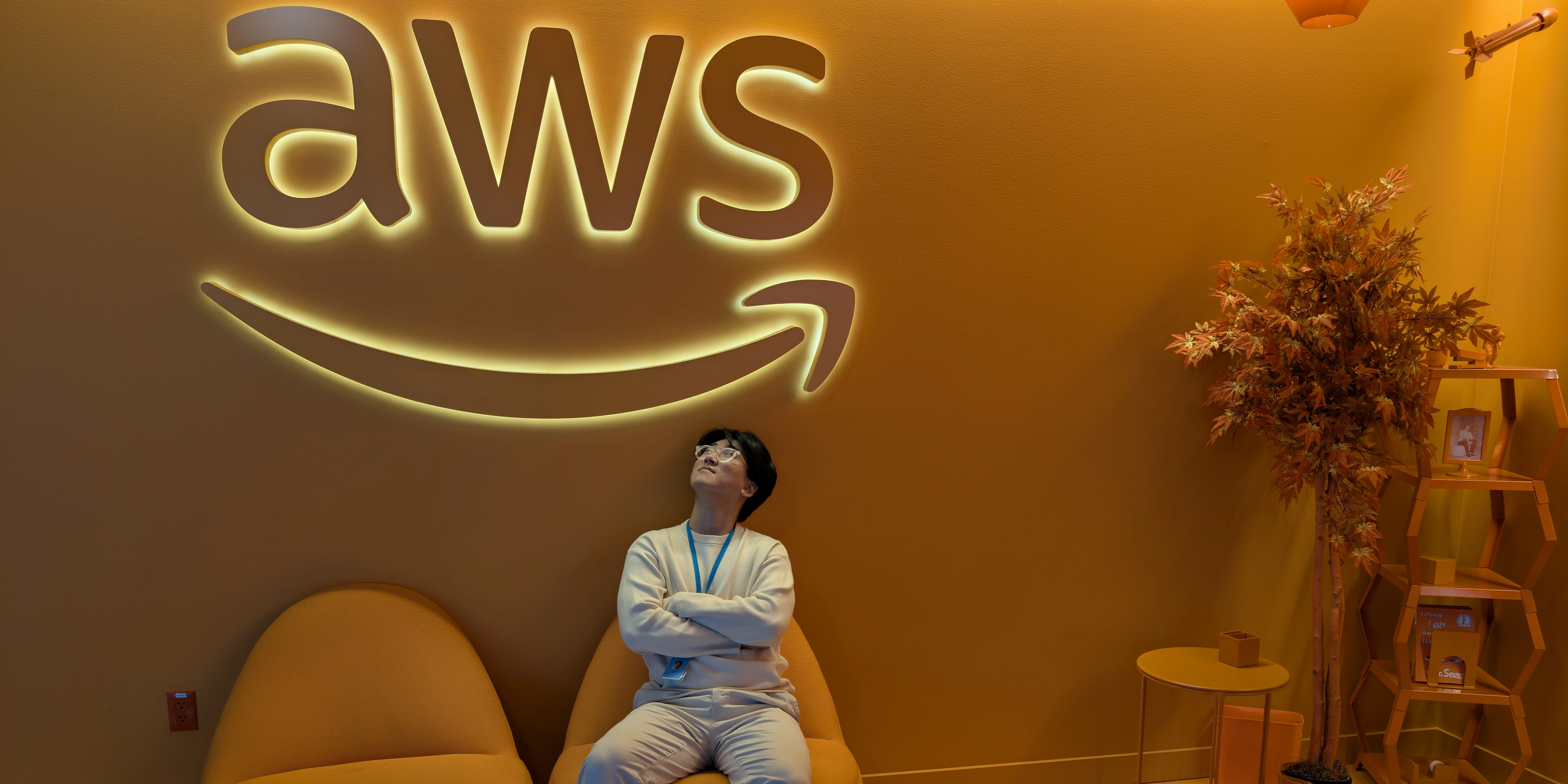You don’t stop a transformer with a firewall.
As AI systems become the core of modern infrastructure, we’re witnessing the birth of an entirely new security paradigm. The cybersecurity playbook needs to evolve. In the past, cybersecurity companies were focused on optimizing for threats they understood, rather than looking to the future and preparing for completely new threats to come.
AI security isn’t simply an extension of the cybersecurity playbook of the past. It’s a new beast altogether.
AI Security Is Not Cybersecurity 2.0
Most mental models for AI security are misunderstood. Traditional cybersecurity protects static systems: codebases, APIs, endpoints. The rules are known and attack surfaces are fixed.
But AI systems aren’t static or transparent. In AI, data is code—and that code is complex, high-dimensional, and endlessly variable. The behavior of a model emerges not from neatly organized functions, but from billions of parameters shaped by opaque training data and dynamic inputs.
Models operate as black boxes—vast, non-deterministic systems that even their creators struggle to fully understand. This breaks the assumptions that traditional security is built on: that systems are analyzable, predictable, and static enough to wrap rules around.
Securing AI means abandoning those assumptions and starting fresh—with tools built for uncertainty, adaptation, and scale.
Trying to secure AI with traditional tools is like using a spell-checker to understand a picture. AI taught us that tasks like image recognition or natural language understanding couldn’t be solved with old-school rules and heuristics: they needed AI.
The same is true for AI security. Companies that try to retrofit yesterday’s tools to this new paradigm are falling into the same trap all over again: applying the wrong solution to a problem that has outgrown it.
The Attacker Has Changed. The Game Has Changed.
AI doesn’t just empower defenders: it supercharges attackers.
The skills required to exploit these systems aren’t elite technical feats anymore. They're creative ones. We’ve seen 11-year-olds crafting powerful prompt attacks that take them through all of Gandalf’s defenses. And those same ideas scale instantly across the internet to attack LLM systems in less friendly settings.
The barrier to entry has dropped to zero, and the attack surface has exploded. You don’t need malware kits, just imagination. And that’s infinitely more abundant.
We're entering an era where the most creative adversaries won’t need nation-state resources—they’ll just need curiosity, access to a model, and a clever idea.
“AI for Security” ≠ “Security for AI”
A growing number of cybersecurity vendors are touting “AI-powered” features—copilots, auto-triage, LLM-enabled dashboards. These developments are valuable in enhancing traditional workflows.
But there's a critical distinction: using AI to optimize existing cybersecurity practices is not the same as securing AI systems themselves. That’s a fundamentally different problem—and one that’s often overlooked.
Trying to solve AI security without rethinking the approach completely is the equivalent of putting satellite navigation in a car and calling it autonomous. The underlying system hasn't changed. And when agentic systems start making critical decisions, exposing private data, or pinging external APIs, the risks are no longer theoretical.
Attackers are already adapting. Most defenders haven’t even realized they’re in a new game.
The CrowdStrike Moment for AI
The last major shift in security was the cloud. And it caught a lot of legacy vendors flat-footed.
CrowdStrike didn’t just “move to the cloud”—they reimagined endpoint security from the ground up. They understood that cloud-native threats required cloud-native defenses. And they built accordingly.
AI is the next platform shift. It’s moving faster, changing faster, and breaking more things than ever before.
The winners won’t be the ones who retrofit AI into old tools. They’ll be the ones who build from the group up, with a deep understanding of how these systems work, and how they break.
Brace Yourself
This isn’t a drill. Foundation models available with open weights, agents accessing untrusted data on the web, it’s all accelerating. The combination of public access, low cost, and emergent capability is a perfect recipe for chaos.
Enterprises deploying LLMs today have no idea what’s coming.
The illusion of progress—buying another legacy vendor with an LLM wrapper—is dangerous. It delays the real work. It creates false confidence. The breaches have already started—and as agents gain traction, they’ll only grow faster, stranger, and harder to contain.
The New Paradigm
The next great security company won’t come from the old playbook. It will have AI at its core. It won’t look like an existing security company—it’ll look like OpenAI.
This is the security moonshot of our era.
And whoever gets it right will define the next decade of defense.
.png)



